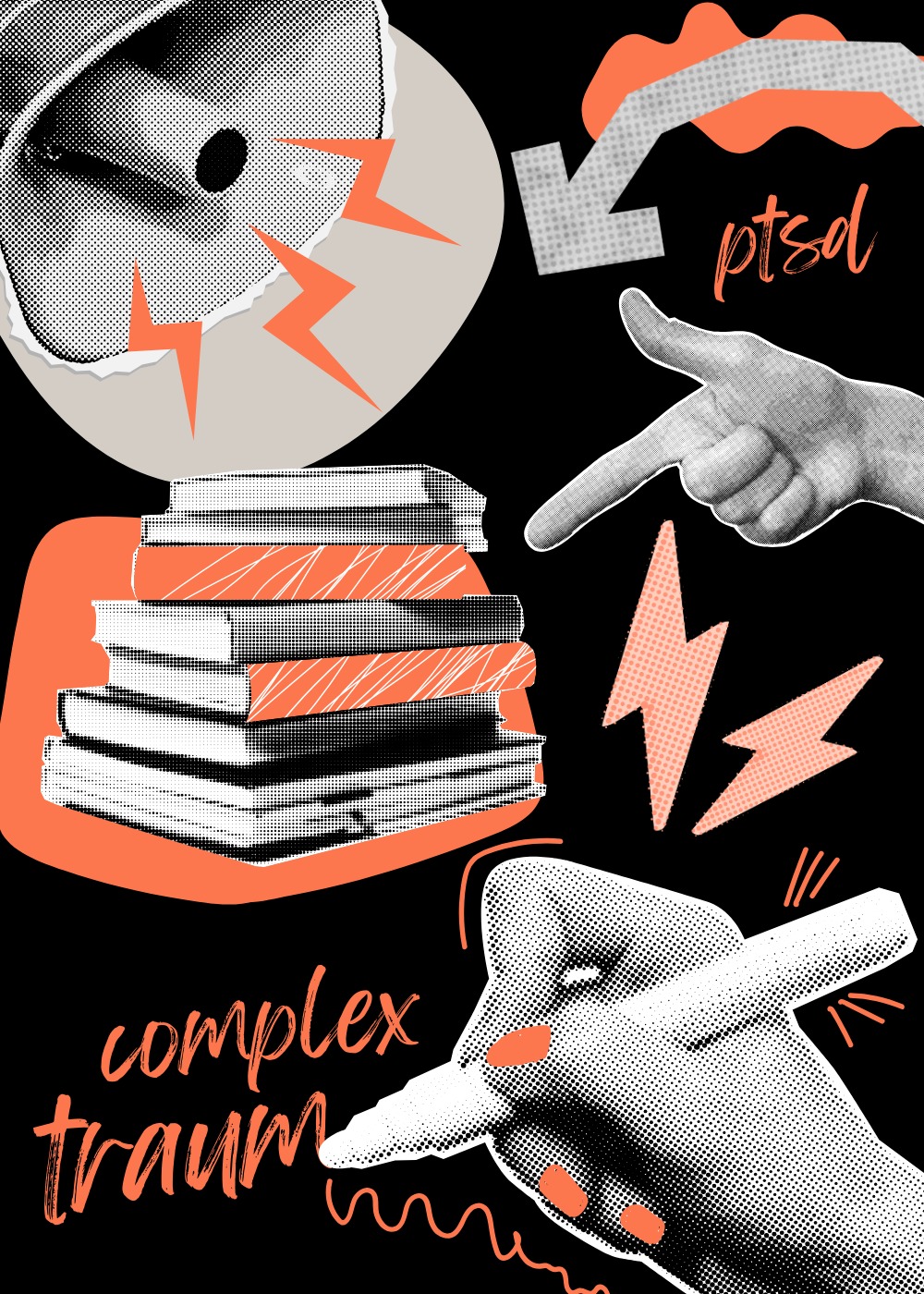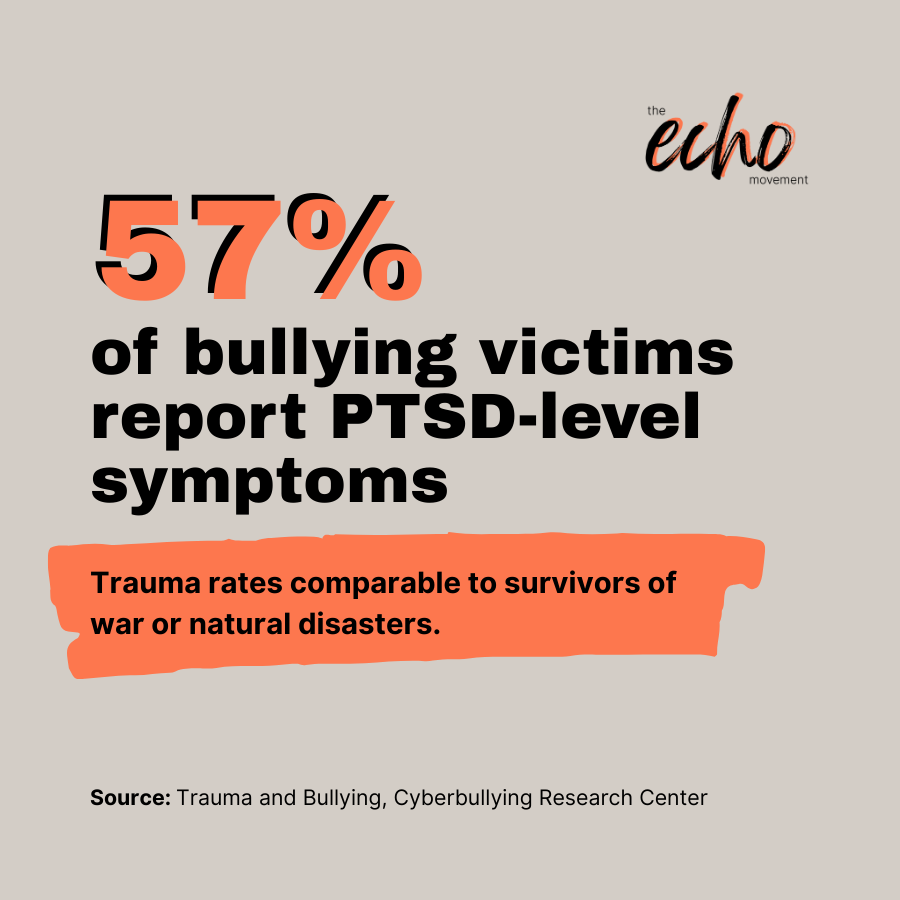The truth is, bullying can cause PTSD and even Complex PTSD (cPTSD) — the same kinds of trauma responses linked to war, abuse, or disasters. For survivors, it’s not just about “getting over it.” The anxiety, hypervigilance, shame, and trust issues that follow are symptoms of trauma, not weakness.
This page is about connecting the dots. Because naming bullying for what it is… trauma… is the first step toward healing.

When people think of PTSD, they often think of war veterans or survivors of accidents. But research shows bullying can cause PTSD-level trauma too.
Unlike PTSD, which often follows a single traumatic event, Complex PTSD (cPTSD) develops after ongoing, repeated trauma, especially in childhood when the brain and sense of self are still developing.
According to the National Center for PTSD (VA.gov):
cPTSD is linked to chronic experiences like childhood abuse, neglect, domestic violence, or long-term bullying.
“A lot of people who have experienced trauma at the hands of people they’ve trusted take responsibility, and that is what’s toxic.”
Hannah Gadsby
Over time, these patterns mirror the mechanisms of complex trauma, making bullying a direct contributor to lifelong struggles with self-worth, trust, and emotional regulation.
cPTSD is not yet recognized in the DSM-5 (the main U.S. diagnostic manual), though it is recognized in the ICD-11 (WHO). This gap means many survivors of bullying, especially those who endured chronic family or sibling abuse, go undiagnosed or are mislabeled with depression, anxiety, or personality disorders.
Naming bullying for what it is, a form of complex trauma, helps survivors validate their experience and seek trauma-informed care.
Recovery from bullying-related PTSD and cPTSD is possible with the right tools and support. Common interventions include:

It’s an experience that can leave the same scars as war, disasters, or domestic violence.
Research shows half of severely bullied adolescents meet PTSD criteria, and long-term, repeated bullying often contributes directly to cPTSD. Recognizing this connection is not just about naming the harm — it’s about making sure survivors finally get the trauma-informed support they deserve.
Let’s make an echo that says: bullying isn’t just mean — it’s trauma.
Yes. Research shows that bullying can cause trauma symptoms that meet the criteria for PTSD. Severe or repeated bullying can lead to flashbacks, nightmares, hypervigilance, and avoidance behaviors similar to survivors of other major traumas.
PTSD often develops after a single traumatic event, while cPTSD (Complex PTSD) comes from repeated or prolonged trauma. Chronic bullying, especially sibling bullying or long-term workplace bullying, can lead to cPTSD symptoms like emotional numbness, low self-worth, and difficulty trusting others.
Studies show that about half of severely bullied adolescents meet clinical thresholds for PTSD, and many adults who experience workplace bullying report PTSD symptoms at rates comparable to combat veterans.
Yes. About 35% of children experience sibling bullying, and research links it to long-term trauma. Because it happens at home, victims can’t escape, making sibling bullying a significant contributor to cPTSD.
Common signs include intrusive memories, hypervigilance, emotional triggers, panic attacks, nightmares, or avoiding reminders of the bullying. With cPTSD, you may also feel persistent shame, emptiness, or difficulty forming healthy relationships.
Absolutely. Nearly 30% of U.S. workers report being bullied, and repeated exposure can cause PTSD or cPTSD. Symptoms may include anxiety, depression, and even leaving jobs to escape the trauma.
Trauma-informed therapies such as EMDR, Somatic Experiencing, Internal Family Systems, or CBT can help. Peer support, advocacy, and grounding practices are also important tools in recovery.